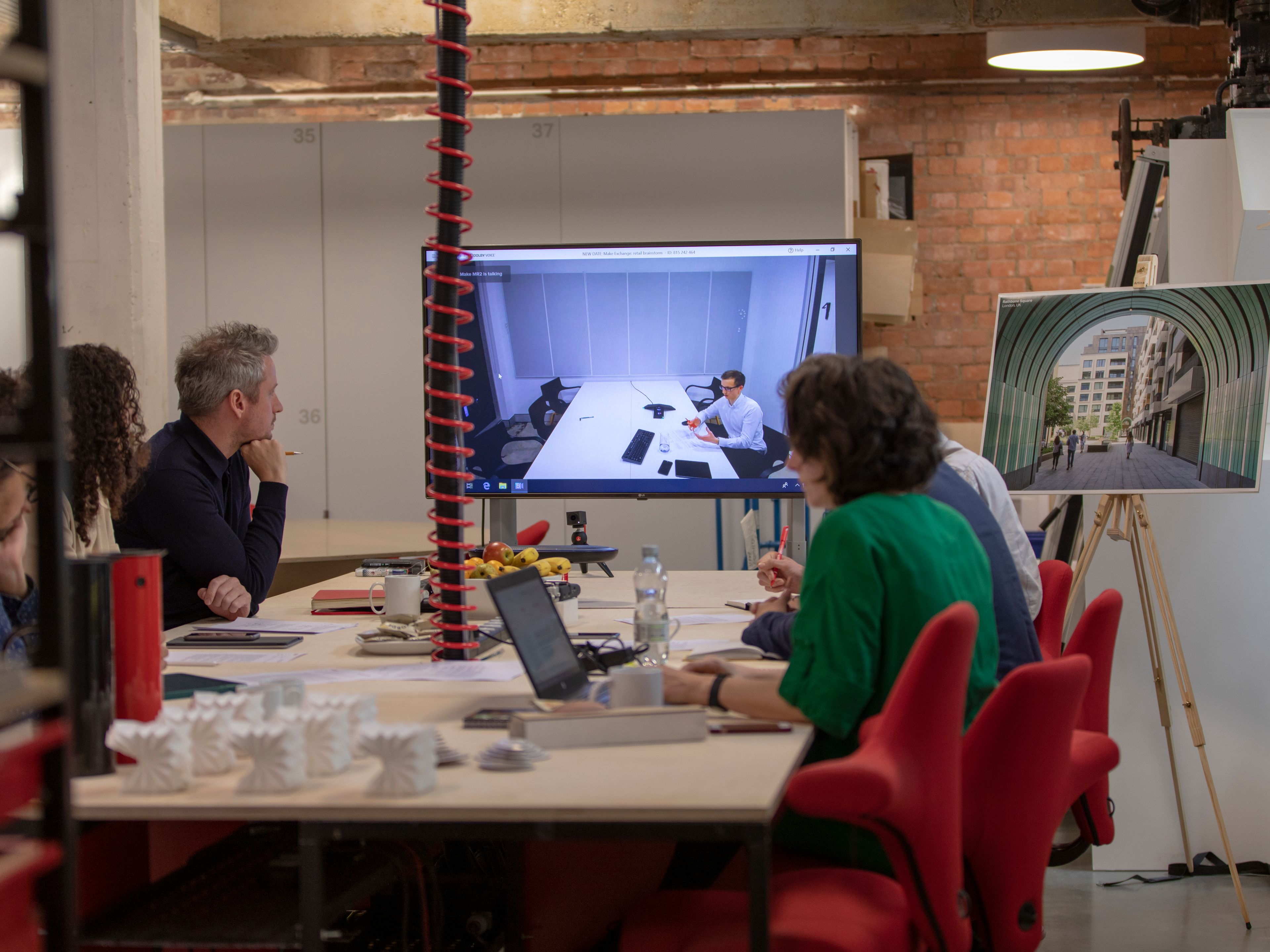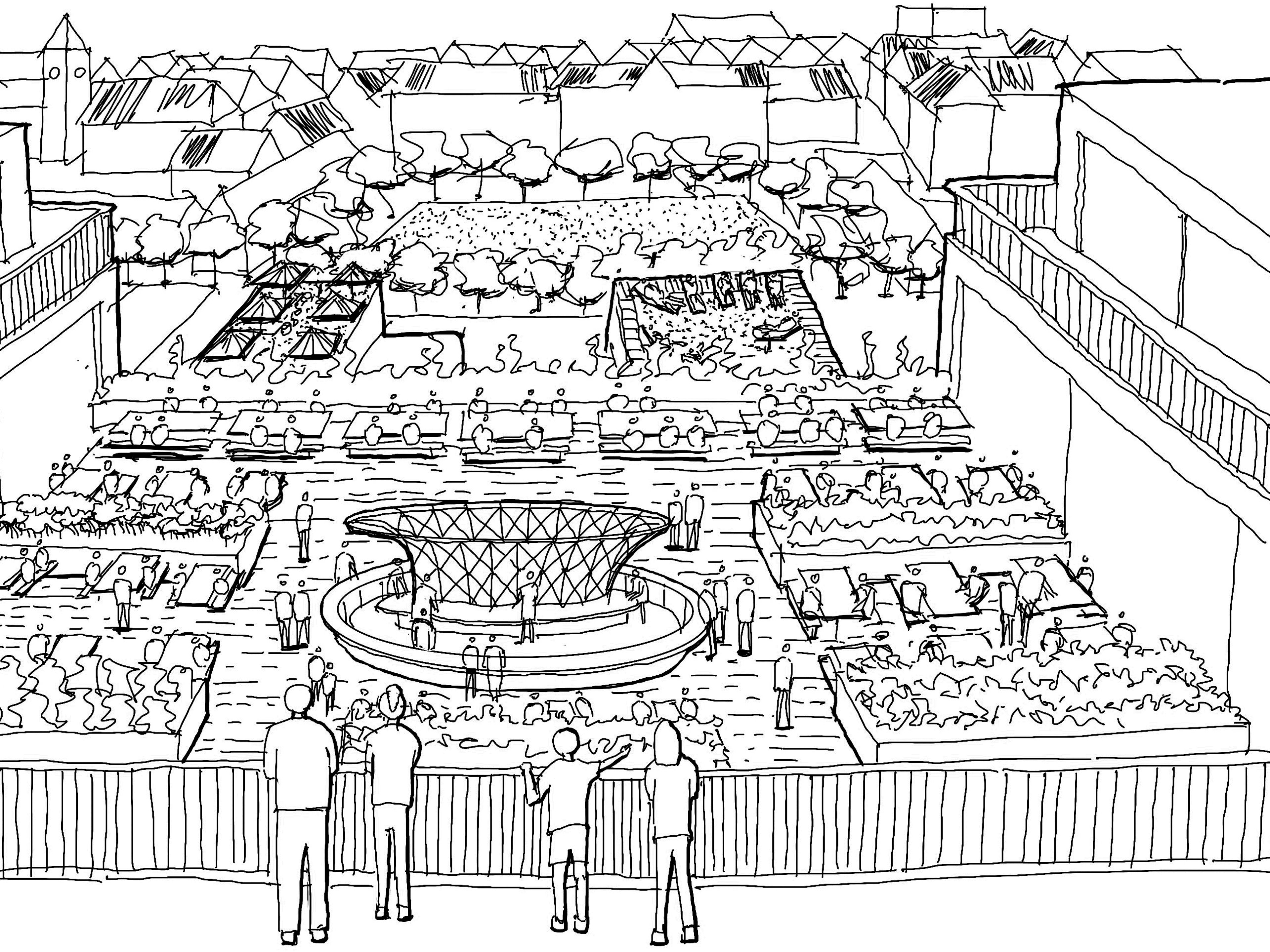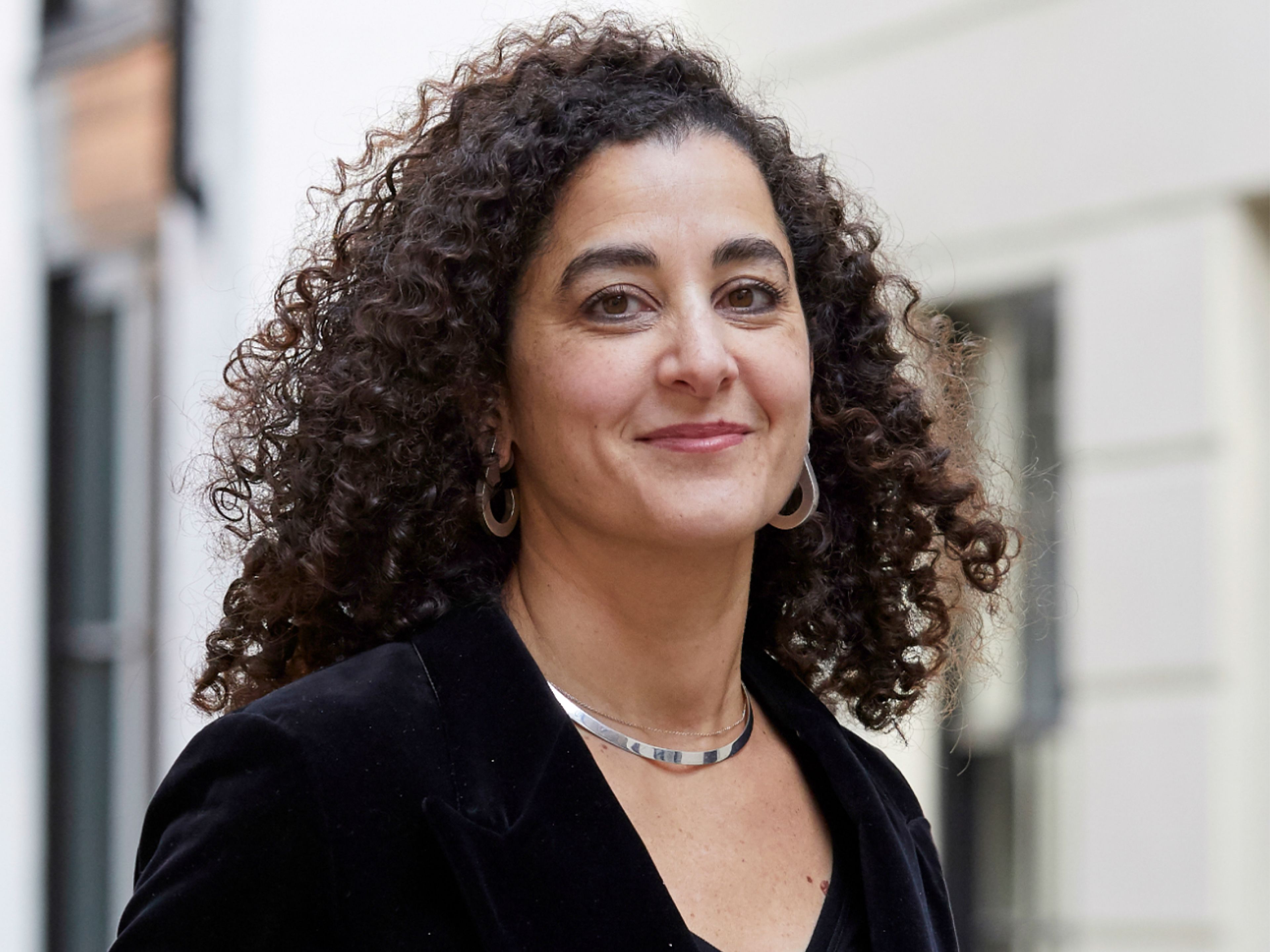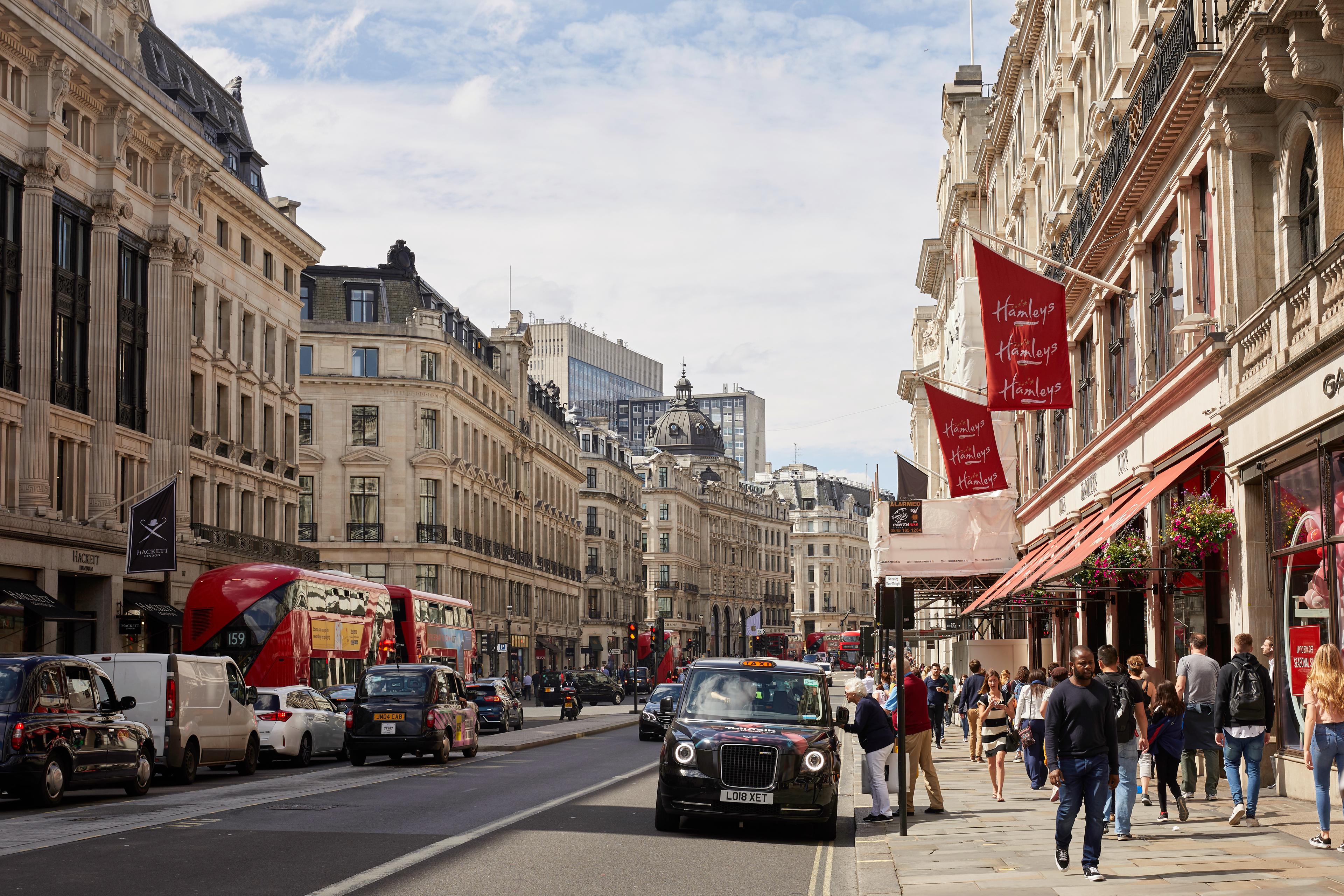
West End – Blending the old with the new
by Jack Sallabank“If you come to the West End and Mayfair in five years, you won’t recognise it. We are going to leap 20 years in 5 years, but we are going to go back before we go forward.”
This is the view of Jace Tyrrell, CEO of the New West End Company, a global business partnership of 600 retail, restaurant, hotel and property owners stretching across the 74 streets that make up the West End.
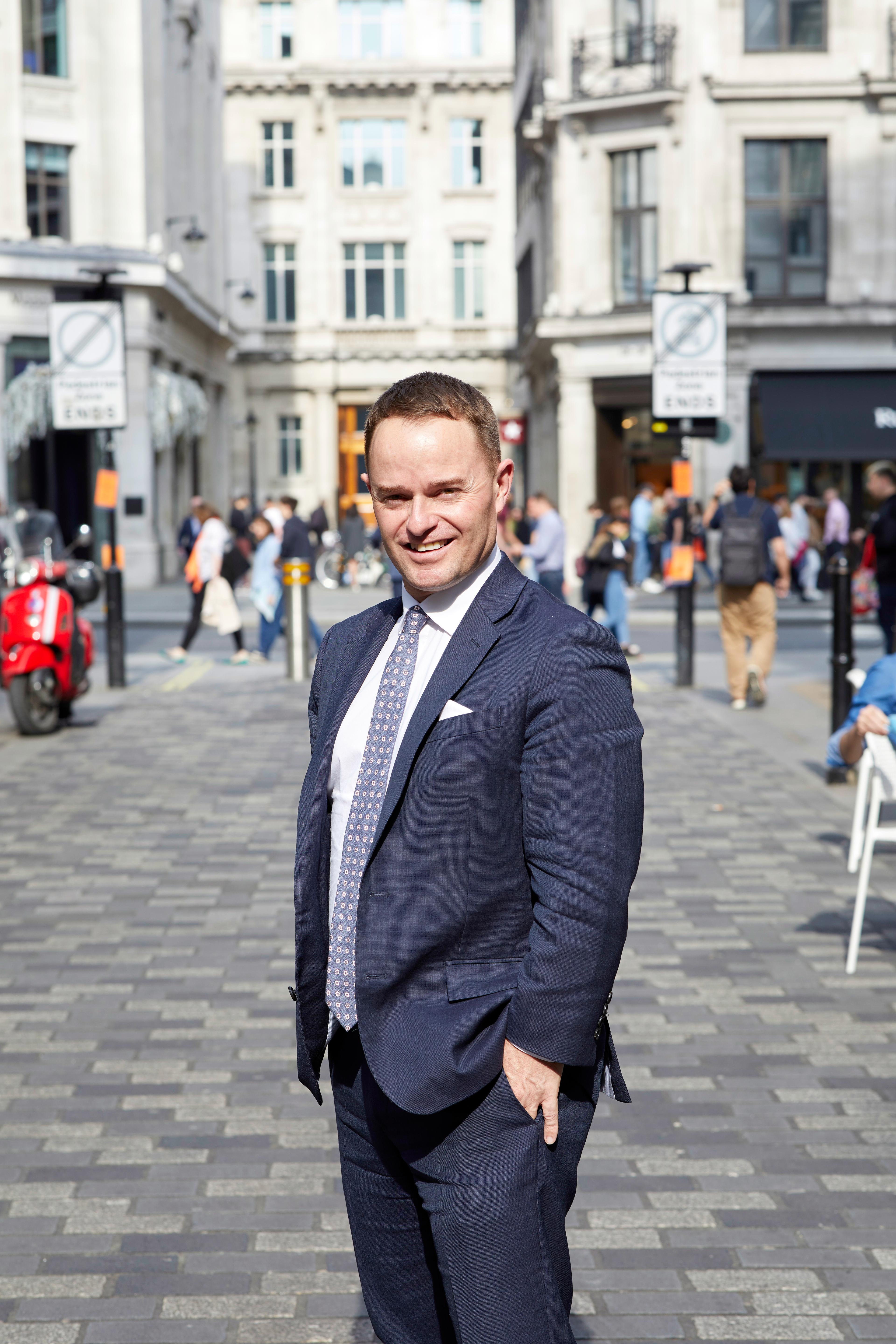
Jace Tyrrell
New West End Company
Anchored by Bond Street, Oxford Street and Regent Street, the West End dates back over 300 years and today is one of the world’s biggest retail destinations, with a turnover of £9 billion a year. Some 200,000,000 visitors a year descend on the area, half of whom are international and domestic tourists. In addition, 150,000 people work in the West End, and 25,000 residents live there. Despite the high volume footfall and the range on offer – with everything from Primark to Prada – the West End isn’t immune to the current challenges experienced across the retail sector. Oxford Street’s HMV, Miss Selfridge and New Look all closed in 2019.
“Global consumer demands are changing quite fundamentally, which is creating a challenging situation for this location,” explains Tyrrell. “In addition, we are dominated by currency flow. International customers will decide if they want to come to London based on the value of the pound.”
It is against the backdrop of a challenging retail market, an unstable pound and increased retail competition across London that two of London’s oldest developers, Grosvenor and The Crown Estate, must deliver their retail strategy to ensure the West End prospers in the future.
For Grosvenor, which has been placemaking in this part of London since the 1720s, the approach to retail success is underpinned by five pillars: providing better integrated districts, creating the right tenant mix, providing retailers with flexibility, ensuring place activation and investing in insight to understand the customer.
“We invest a lot in non-property assets such as our public realm, green spaces, streets and animation. We see our role as very much a stewardship role but also a curation role,” explains Tor Burrows, Director of Placemaking at Grosvenor.
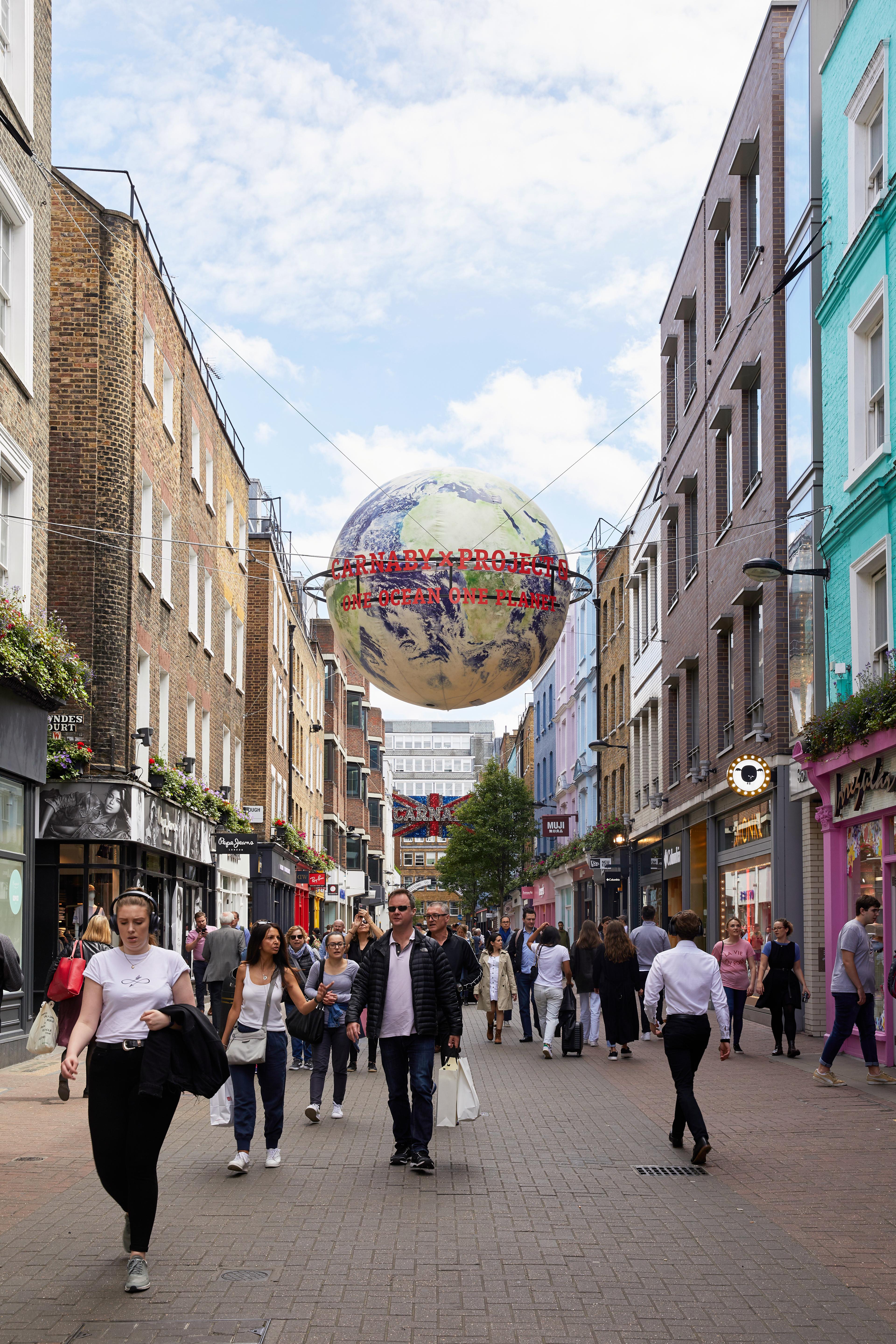
Carnaby Street is one of the most famous streets in London’s West End.

Kingly Street, a secondary route, is still bustling.
To create streets with an attractive mix of tenants, Grosvenor has introduced a selection of lifestyle sectors the modern consumer craves, such as culture, gyms, F&B, spas and co-working. Such tenants may have been deemed too risky in yesteryear, but as we enter a ‘post-Debenhams’ era of retail, a more flexible approach to tenancy structures may come to define the reset model of offline retail. No longer should a 30-year lease lock a retailer into a location come rain or shine. If it’s a fresh and interesting mix of brands and use classes that landlords are after, then pop-ups, flexible lease lengths and turnover rents are must-haves.
“Some of the businesses we are bringing to the area have more unconventional business models, and we are working with them to make sure we create a mutually beneficial structure,” explains Burrows. “If your retailer can’t afford the lease they’re on, ultimately it becomes our problem.”
Alongside a range of lifestyle brands, tourists to the West End this summer will be able to visit the European flagship store of tech giant Microsoft, which is launching on Regent Street in partnership with The Crown Estate. This new arrival illustrates a strategy to bring the best brands to the area.
As The Crown Estate’s Central London Senior Asset Manager, Katerina Mercury, explains: “Every time we look at brands, we look at what they’re going to do for us that is unique. It has to be best in class, and it has to be unique. Microsoft does this, but so do smaller brands that we have recently introduced, such as the wellness brand Glow Bar.”
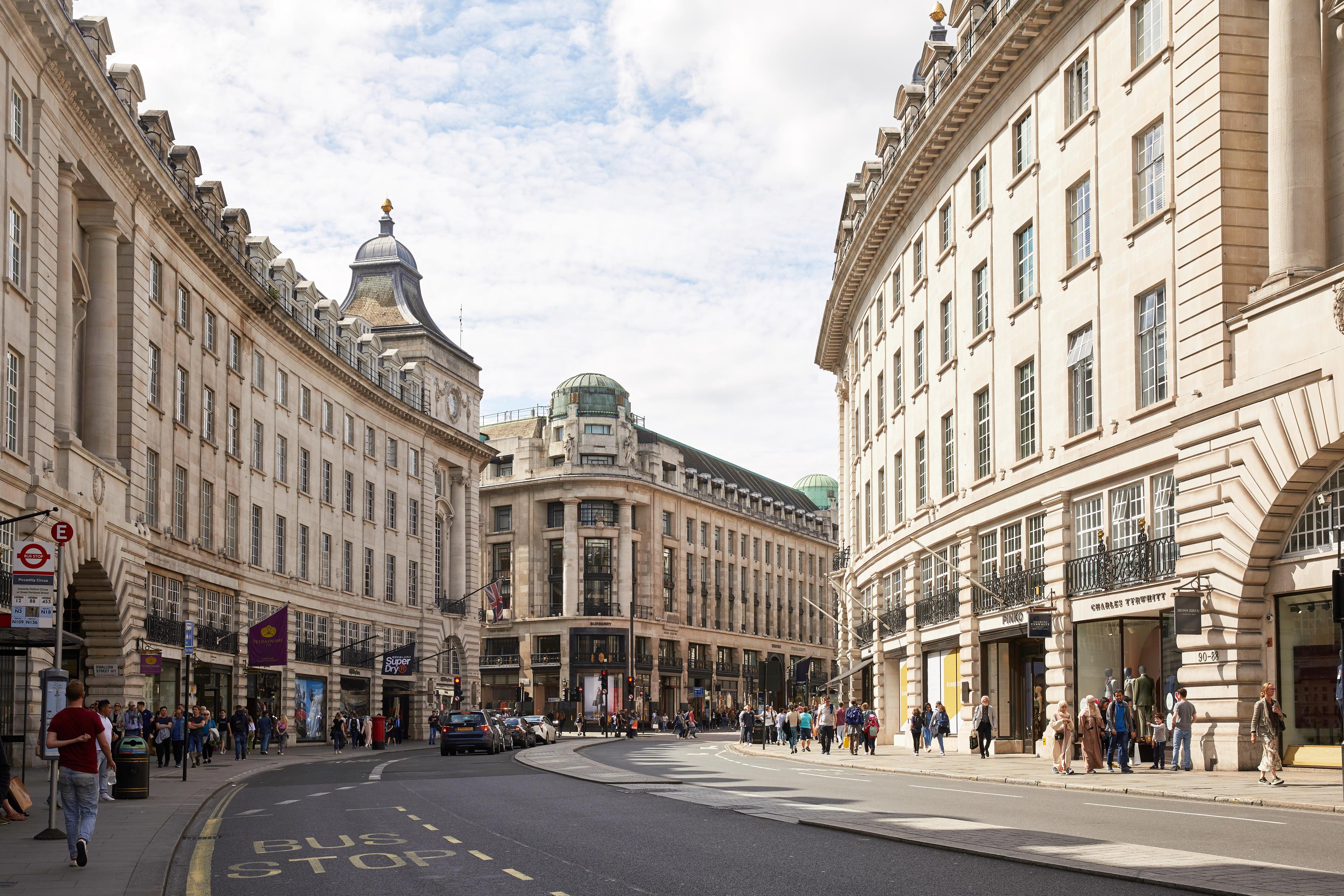
Regent Street, redeveloped by The Crown Estate, is now home to leading global designer brands.
For the likes of Microsoft and Glow Bar to flourish, The Crown Estate places an emphasis on the quality of design in its retail spaces, offering the market buildings with character, fresh air and natural light. Animating those spaces with talks, DJ sets and fitness classes will become increasingly important for retailers as they seek to tell their story and form a deeper connection with their audience. But with more social and environmentally conscious shoppers, brands that wish to stand the test of time will need to do far more than just talk the talk.
“Shoppers want to see something of themselves in a brand,” says Mercury. “It’s not just enough for them to buy a product. People are paying more attention to where the product was made and how it was made. The next generation, who will be our future shopper, will have a different mindset to those that have been before.”
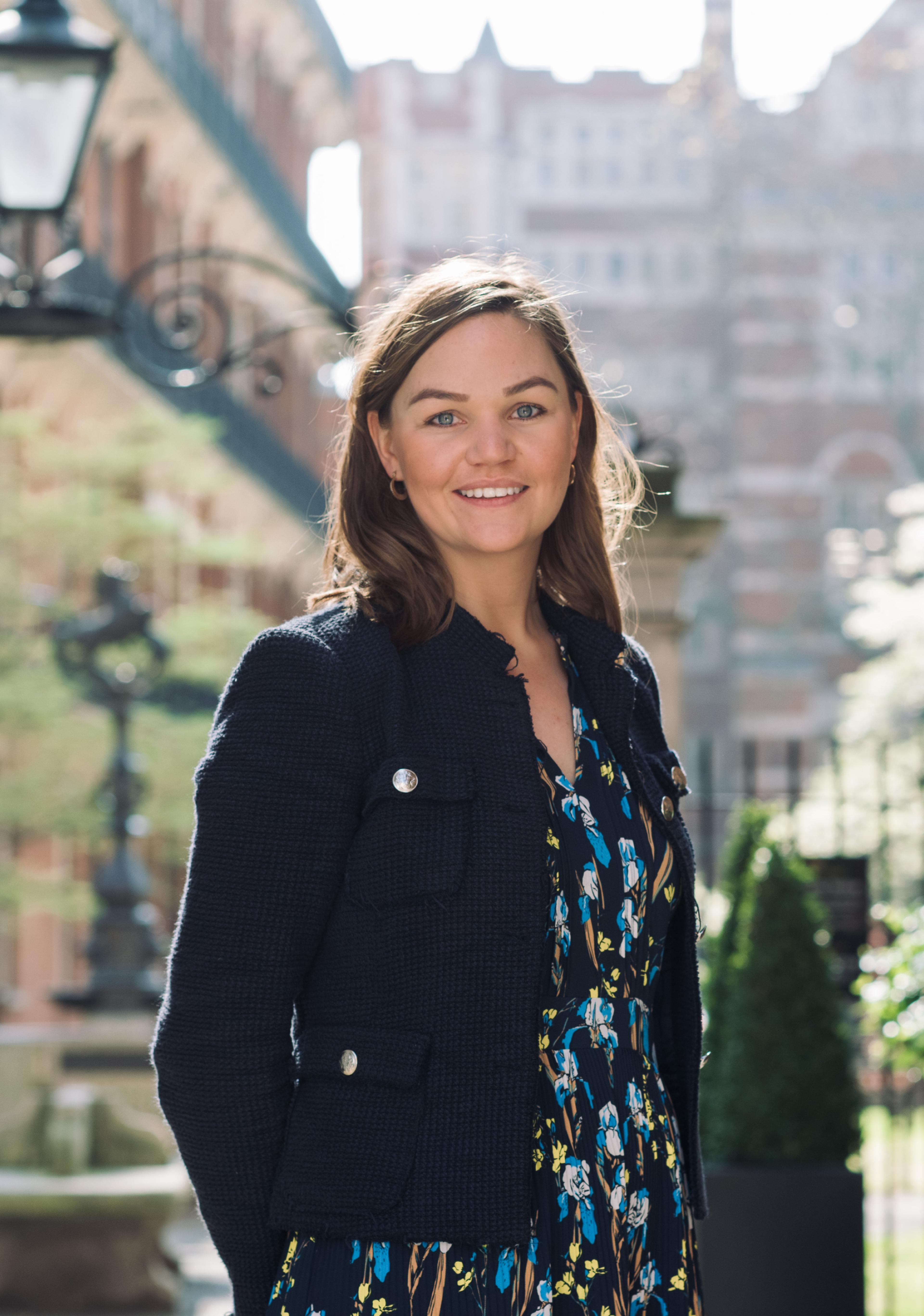
Tor Burrows, Grosvenor
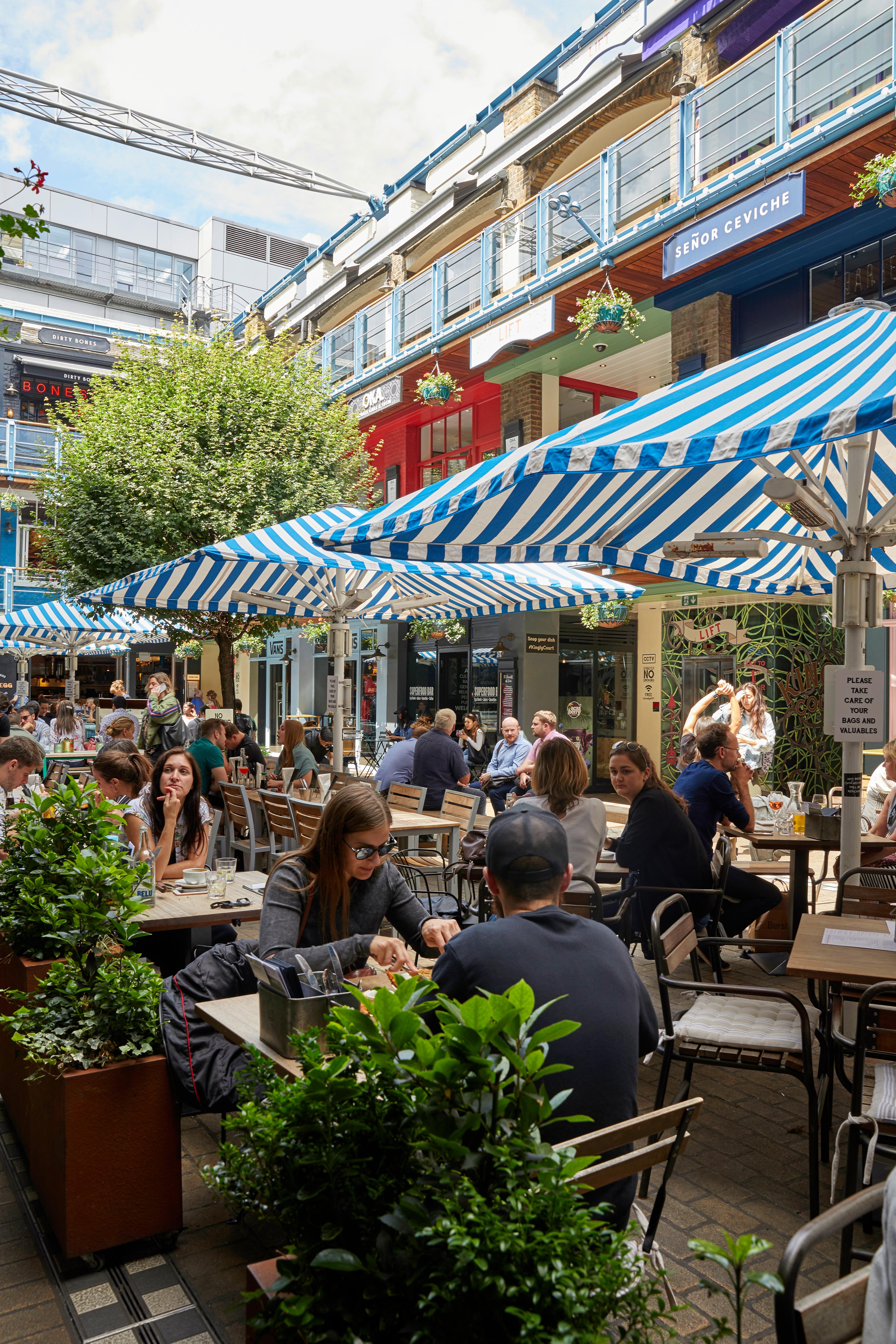
Kingly Court is full of quiet pockets of F&B.
Alongside the work of The Crown Estate and Grosvenor, the West End is powering ahead to a fresh and prosperous future thanks to a number of large infrastructure projects. The opening of the Elizabeth line in 2021 is forecast to bring an extra 60,000,000 customers and £4 billion spend to the area. In addition, a £150 million public realm scheme on Oxford Street will transform this currently congested location. Improving air quality is a key focus for the stakeholders who operate in the area. A pilot scheme on Bond Street over the last two years has consolidated deliveries and waste collection and reduced vehicles going to Bond Street by 80%. A similar scheme will soon be rolled out in East Mayfair.
For Mercury, a successful future for the West End lies in pushing forward with progressive new projects while remaining attached to the area’s history. “The beauty of London is being able to work with the old and the new. It’s not about forgetting the past but moving with the times. It’s modern-day retailing but in an historic setting.”

Katerina Mercury
The Crown Estate
“It’s about not forgetting the past but moving with the times. It’s modern-day retailing but in an historic setting.”
Tags
Authors
Jack Sallabank is the founder of Future Places Studio, a place-based research and strategy studio that specialises in exploring the macro and micro trends impacting the built environment.
Tor Burrows, Director of Placemaking at Grosvenor, is working on the evolution of Grosvenor’s placemaking strategy in the West End, which dates back to the 1720s.
Jace Tyrrell is the CEO of the New West End Company, the BID responsible for the West End and its 74 streets.
Katerina Mercury, Central London Senior Asset Manager at The Crown Estate, is responsible for helping modernise the West End.
Publication
This article appeared in Exchange Issue No. 2, which explores the changing nature of the retail sector with contributions and design analysis from leading retailers, developers, consultants and more.
Read more